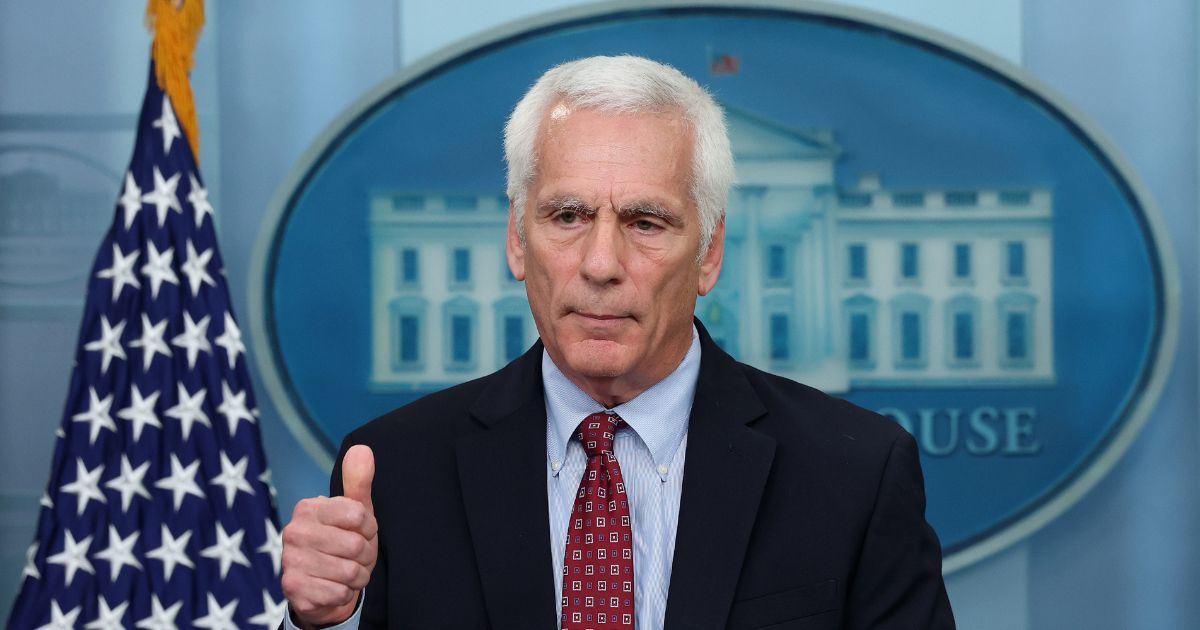August job openings surge unexpectedly as investors fret over rising rates.
Job Openings Surge in August, Indicating Strong Labor Demand
Job openings unexpectedly skyrocketed in August, signaling that the demand for labor remains robust in a slowing economy and cooling job market.
According to the Bureau of Labor Statistics (BLS), the number of job vacancies increased by 690,000 to 9.6 million at the end of August, up from an upwardly revised 8.92 million. The August reading topped the consensus estimate of 8.8 million, the best better-than-expected result since September 2022, and represented the largest monthly jump since July 2021.
The gains were concentrated in professional and business services (509,000), government (107,000), finance and insurance (96,000), and nondurable goods manufacturing (59,000). Openings were also higher across the country, led by the southern and midwestern regions at 278,000 and 238,000, respectively.
The number of hires was little changed at 5.9 million, and the hiring rate was unchanged at 3.7 percent.
Total separations—discharges, quits, and layoffs—were also flat at 5.7 million, or 3.6 percent. BLS researchers noted that layoffs and discharges tumbled for small firms with fewer than nine employees and were unchanged for companies with more than 5,000 workers.
Financial markets were surprised by the increase as job openings have been on a steady decline since the peak of 11.234 million in December 2022.
The Federal Reserve pays close attention to the Job Openings and Labor Turnover Summary (JOLTS) report since it can indicate labor slack in the national economy.
“This is the last thing the Fed wanted to see,” wrote The Kobeissi Letter, an industry commentary on the global capital markets, on X (previously Twitter). ”Higher for longer is alive and well.”
Maintaining a robust labor market allows the central bank to tighten monetary policy further, meaning investors would have to endure higher interest rates. The futures market is beginning to pencil in one more rate hike this year, according to the CME FedWatch Tool.
The leading benchmark indexes added to their losses following the fresh jobs data, sliding about 1 percent.
Stocks have slumped as Treasury yields keep climbing on expectations of higher-for-longer rates.
The two-year and 10-year Treasurys surged to their highest levels in 15 years.
More Labor Data Ahead
Financial markets are preparing for more labor data this week, including the main event on Oct. 6: the September jobs report.
Economists expect that the U.S. economy created 170,000 new jobs last month and that the unemployment rate dipped to 3.7 percent. Annualized average hourly earnings are anticipated to remain flat at 4.3 percent.
In other labor statistics, payroll services provider ADP’s National Employment Report is forecast to show the private sector added 153,000 new jobs. Moreover, Trading Economics projects that U.S.-based employers laid off 86,000 workers in September.
Will these trends support the Federal Reserve’s objective of cooling the red-hot labor market?
Speaking at a roundtable event in York, Pennsylvania, on Oct. 2, Federal Reserve Chair Jerome Powell noted that the central bank is focused on facilitating a strong labor market for a sustained period as “lots of good things happen,” including higher real (inflation-adjusted) wage gains.
“Actually, it turns out that as an expansion gets longer and longer, more and more of the wage needs actually go to people at the lower end of the wage spectrum,” Mr. Powell said.
“These are really beneficial things. To have that, though, the record is also clear that we need price stability. Price stability is just a critical piece of bedrock for the overall economy over the years.”
The Fed chief has noted that there needs to be softer labor conditions and below-trend economic growth to achieve the institution’s 2 percent inflation target.
According to the central bank’s Summary of Economic Projections (SEP), officials predict that the unemployment rate will be 4.1 percent in 2024 and 2025, down from the previous expectation of 4.5 percent.
Research Shows Workers Struggling
Recent surveys show that workers believe their income gains have failed to keep up with the cost of living.
According to a Bank of America study, 67 percent of workers say inflation is outpacing their salary or wage growth, up from 58 percent in February 2022.
Additionally, financial wellness among employees has declined to 42 percent, the lowest level since the bank monitored this data in 2010.
“American workers continue to feel stressed about their finances and are concerned about keeping up with the cost of living,” said Lorna Sabbia, head of retirement and personal wealth solutions at Bank of America, in the report.
Data from the BLS highlight that real (inflation-adjusted) average hourly earnings dropped by 0.5 percent and have declined by 3.1 percent since 2021.
Meanwhile, the recent Survey of Consumer Expectations (SCE) by the Federal Reserve Bank of New York suggests that median, one-year-ahead expected earnings growth has been trending sideways for all of 2023.
The mean probability of the U.S. unemployment rate edging higher one year from now swelled to 38.5 percent in August, up from 36.7 percent in July.
Is an economic boom good or bad?
During the boom the economy grows, jobs are plentiful and the market brings high returns to investors. In the subsequent bust the economy shrinks, people lose their jobs and investors lose money. Cially, the report suggests that the job market is remaining strong despite a larger economic slowdown. This is an encouraging sign as it indicates that businesses are still actively seeking new employees, which can help boost overall economic growth.
The surge in job openings in August came as a surprise to many economists, as there had been expectations of a slowdown due to the ongoing economic challenges. However, the increase in job vacancies by 690,000 to 9.6 million at the end of August surpassed the consensus estimate of 8.8 million. It was also the largest monthly jump since July 2021.
The gains in job openings were seen across various sectors, with professional and business services leading the way with 509,000 openings. This is a positive sign as these industries often offer higher-paying jobs and can lead to increased consumer spending. Other sectors that saw significant gains in job openings include government, finance and insurance, and nondurable goods manufacturing.
Furthermore, the increase in job openings was not limited to any specific region. Both the southern and midwestern regions experienced higher job openings, with 278,000 and 238,000 respectively. This suggests that the demand for labor is spread across the country and not isolated to certain areas.
While the number of hires remained relatively unchanged at 5.9 million, this can be attributed to the challenges businesses face in finding qualified candidates. The hiring rate also remained steady at 3.7 percent. On the other hand, the total separations, including discharges, quits, and layoffs, also remained flat at 5.7 million, or 3.6 percent.
Researchers at the Bureau of Labor Statistics highlighted that layoffs and discharges saw a significant decline for small firms with fewer than nine employees, while it remained unchanged for companies with more than 5,000 workers. This suggests that smaller businesses may be facing fewer challenges and are more confident in their ability to maintain their workforce.
Overall, the surge in job openings in August indicates that the labor market is remaining resilient, despite the broader economic slowdown. This is a positive sign for job seekers as it suggests that there are ample opportunities available. It is also an encouraging sign for the economy as a strong labor market can lead to increased consumer spending and economic growth. However, it will be important to closely monitor future data to determine if this trend continues in the coming months.
" Conservative News Daily does not always share or support the views and opinions expressed here; they are just those of the writer."





